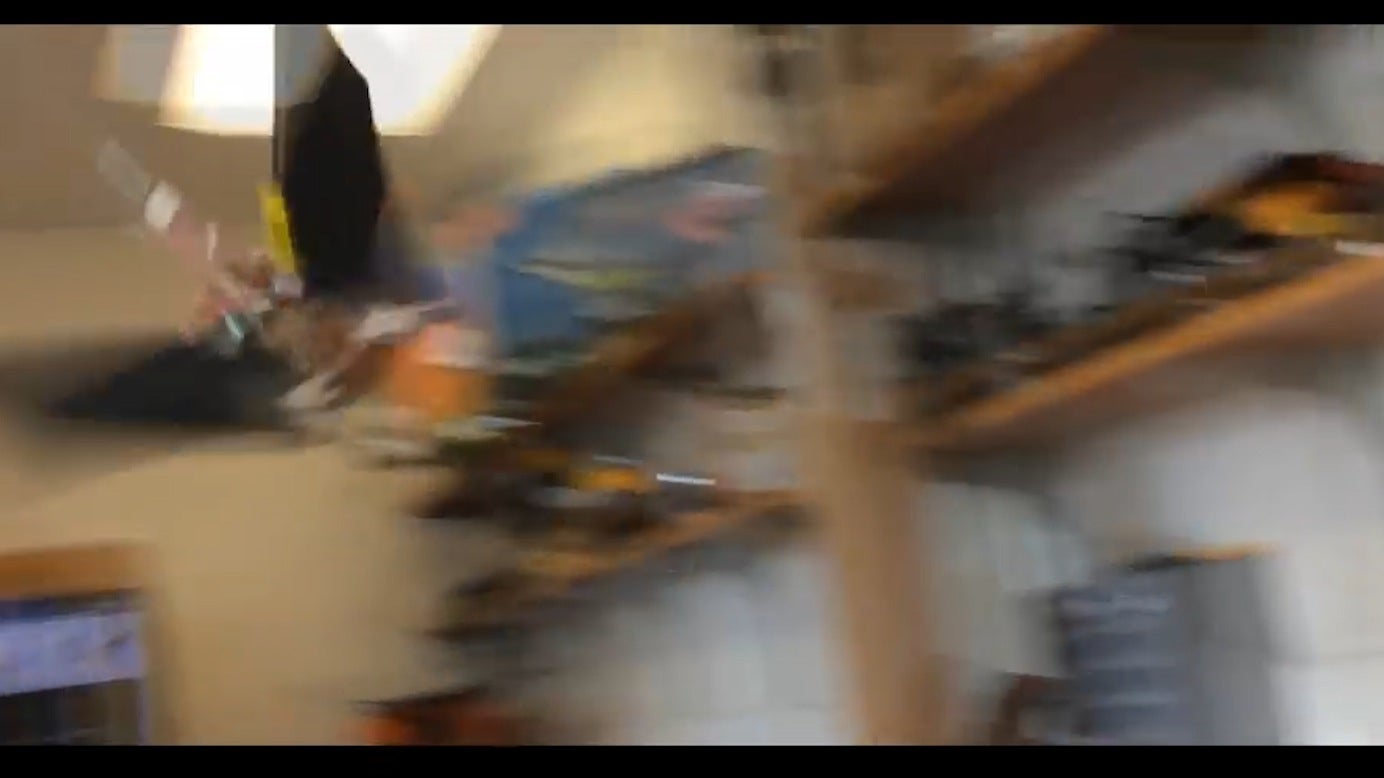This robot bat drone is the stuff of nightmares
It’s the drone the world deserves, but not the one it needs right now.


It’s the drone the world deserves, but not the one it needs right now.
Scientists at the University of Illinois are working on a fully autonomous bat-like drone to supervise construction sites. According to the university’s website, the drones would be used to make sure the project is proceeding as it’s supposed to. “The bats would fly around, pay attention, and compare the building information model to the actual building that’s being constructed.”
The team said that they mimicked the gliding flight patterns of a bat to help conserve energy. There’s a growing trend of mimicking nature in engineering—mainly because nature got a lot right about design. Unlike quadcopter drones that need to have propellers running constantly to hover, Illinois’ bat drone will flap its wings and swoop in circles above its prey (or construction workers). The drone even sounds like bats.

While this seems a pretty logical way to conserve energy, the prospect of hundreds of bat-shaped drones gliding through the skies raises some terrifying questions: Will the robot bats need to sleep in caves? Will they scare us all when we venture into said caves? Will they become a dark symbol for justice in America’s future fictional cities? Will robot bats turn into robot vampires?
The team said it wants its robot-bats to have the same flight time as real bats, and that they could potentially be used for delivering packages in the future. Until the Federal Aviation Administration figures out how to open the airspace to droves of autonomous drones, however, that idea remains quite batty.